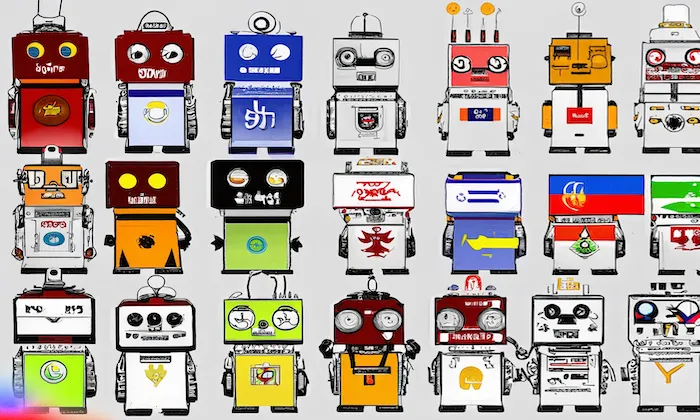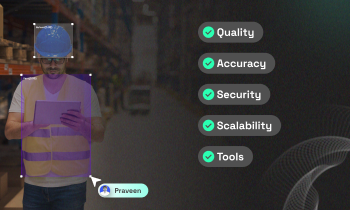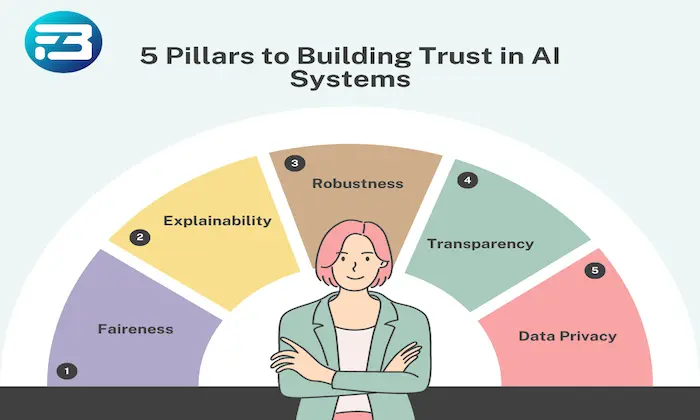How are voice commands used in smart homes?
Smart Homes
Voice Commands
Home Automation
Voice commands are revolutionizing the way we interact with smart home technology, offering an intuitive, hands-free way to control devices. This enhances user experience by making daily tasks more convenient and accessible. In this article, we explore how voice command systems function, their key benefits, applications, and challenges in the smart home space.
Key Benefits of Voice Control in Smart Homes
Voice commands simplify interactions in smart homes, where multiple devices operate simultaneously. Here’s why they are crucial:
- Accessibility: Ideal for individuals with mobility impairments, making technology more inclusive.
- Convenience: Control devices from anywhere in the house, enhancing ease of use.
- Automation: Trigger predefined actions like adjusting lights or setting thermostats automatically when a specific command is given.
Voice Command System Architecture & Workflow
Voice command systems rely on a combination of wake word detection and command recognition. Here’s how they work:
Wake Word Detection
- Definition: Wake words like "Hey Google" or "Alexa" activate the system, signaling it to listen for further commands.
- Implementation: Models are trained on extensive datasets with variations in accents and pronunciations. FutureBeeAI offers OTS Wake Word & Command Datasets with over 100 languages and dialects, ensuring accurate performance.
Command Processing
Once activated, the system processes the spoken command:
- Natural Language Understanding (NLU): The system decodes user intent, determining the requested action (e.g., “Turn on the lights”).
- Contextual Awareness: Advanced systems use context to enhance accuracy. For example, if a user often says “play jazz music” in the evening, the system prioritizes this command when it’s night time.
Edge vs. Cloud Processing
- Edge Device Voice Recognition: On-device processing offers low latency and enhanced privacy, processing data locally without sending it to the cloud.
- Cloud-Based Recognition: Cloud systems provide higher accuracy by utilizing powerful models and regular updates, but may introduce latency and privacy concerns.
FutureBeeAI supports both edge and cloud deployment through edge-optimized datasets (e.g., 8 kHz audio) and full-bandwidth OTS collections.
Integration with IoT Protocols
Voice command systems in smart homes integrate with common IoT protocols like MQTT, Zigbee, and Z-Wave. FutureBeeAI’s datasets can be fine-tuned to ensure seamless compatibility with these protocols, boosting device integration and communication.
Continuous Learning & Model Updates
FutureBeeAI’s YUGO platform supports incremental data collection and feedback loops, refining command models over time. This ensures that the system stays updated and capable of adapting to new user behaviors and language trends.
Real-World Application Scenarios
Voice commands are used in a variety of smart home scenarios:
- Home Automation: Voice commands like “Dim the living room lights” or “Set the thermostat to 70°F” make home management effortless.
- Security Systems: Enhance safety by allowing users to say “Show me the front door camera” or “Lock the doors.”
- Entertainment Control: Commands like “Play my workout playlist” enable users to quickly access media without touching a device.
Challenges and Best Practices
Common Challenges
- Noise-Robust Speech Recognition: Background noise and accent variability can degrade recognition accuracy.
- Privacy Concerns: Always-on listening devices raise potential data security issues. Transparent data handling practices are key to user trust.
- Integration Complexity: Ensuring compatibility with different manufacturers’ devices can be challenging, but using standardized protocols can simplify integration.
Best Practices
- Diverse Data Collection: To handle varied accents and environments, datasets should cover a wide range of demographics and noise profiles.
- Regular Model Updates: Continuously improve system accuracy by collecting new data and adapting to user feedback.
- User-Centric Design: Test wake words and voice commands with actual users, particularly in real-world scenarios, to refine model performance.
FutureBeeAI’s Expertise in Voice Command Datasets
At FutureBeeAI, we offer specialized datasets to support voice command recognition in smart homes. Our offerings include:
- OTS and Custom Solutions: Choose from ready-made datasets or opt for custom collections tailored to your needs via the YUGO platform.
- High-Quality Audio: All datasets are recorded in 16 kHz, 16-bit WAV mono format, ensuring clarity and reliability.
- Detailed Metadata: Each dataset comes with comprehensive metadata, including speaker demographics, environmental context, and noise levels.
Key Takeaways
- Engagement: Voice commands improve user experience by allowing hands-free control over devices.
- Efficiency: On-device voice recognition reduces latency and enhances privacy.
- Safety: Wake word and command separation minimizes unintended actions and increases device security.
The Future of Smart Home Voice AI
As AI technology advances, voice command systems will become more context-aware, adaptive, and multilingual. FutureBeeAI’s high-quality datasets enable voice-enabled products to scale with efficiency, accuracy, and security.
For businesses looking to enhance their voice-activated devices, FutureBeeAI offers customized datasets that ensure your systems are both intuitive and reliable.
Next Steps
- Download a sample of our smart home voice dataset.
- Explore custom collection options via our YUGO platform.
- Contact our Speech Data team to elevate your project with high-quality, multilingual datasets.
What Else Do People Ask?
Related AI Articles
Browse Matching Datasets
Acquiring high-quality AI datasets has never been easier!!!
Get in touch with our AI data expert now!








